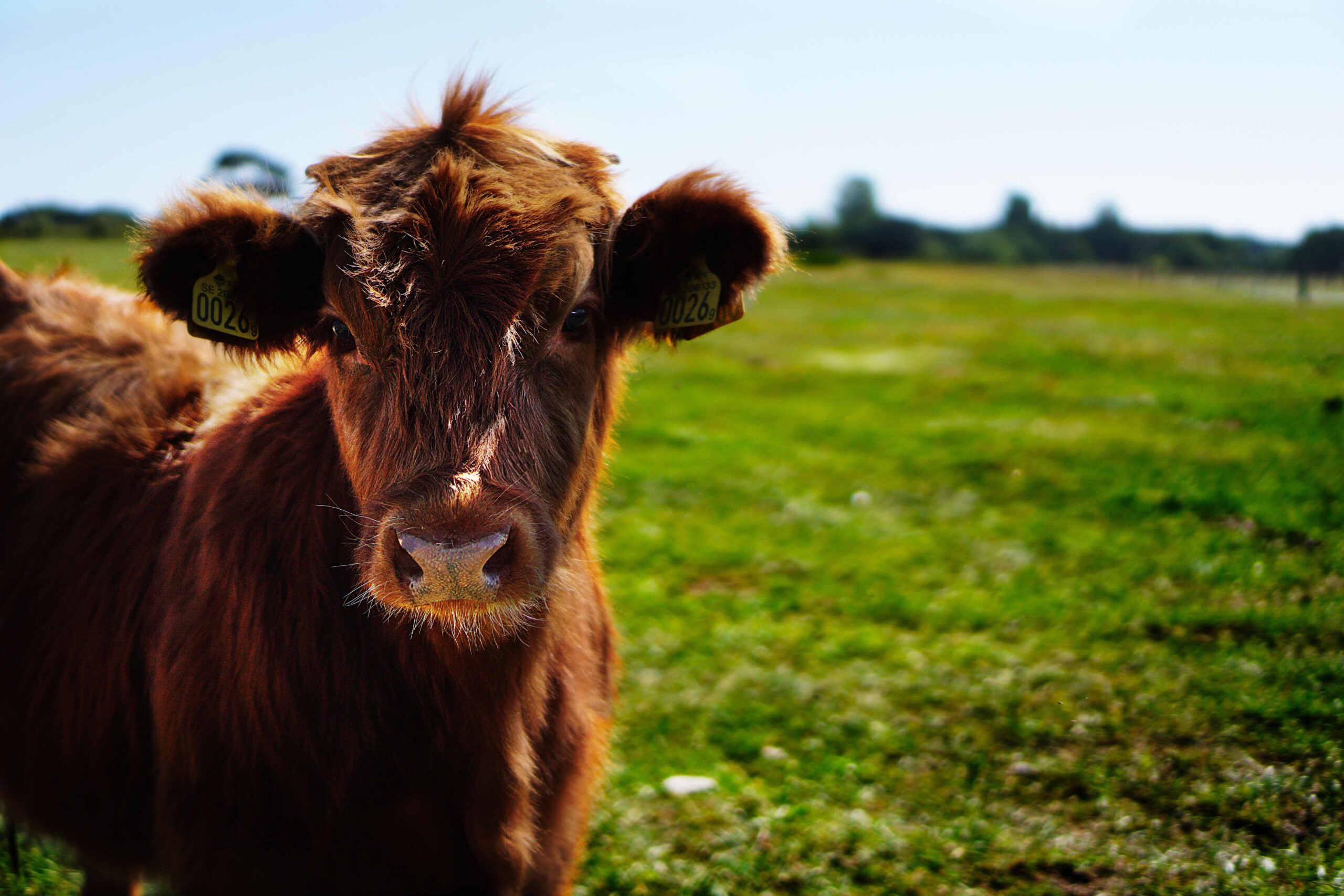Last Friday, the USDA released its monthly cattle on feed (COF) report. While some COF categories/numbers are reported consistently each month, the USDA also sprinkles in unique quarterly and annual numbers in these monthly reports. Last week’s report included two items that were unique, “Cattle on Feed by Class on 1,000+ Capacity Feedlots and Quarter – States and United States: 2023”, and “Feedlots, Inventory, and Marketings by Size of Feedlot – United States: 2022 and 2023”.
The Cattle on Feed by Class on 1,000+ Capacity Feedlots and Quarter data offers insights that are more in-depth than January 1 estimates. It shows the quarterly estimations of heifers and heifer calves, by major fed cattle state, by quarter. On October 1, 2023, there was a total of 4.64 million females on feed. Two weeks ago, Southern Ag Today highlighted the reduced number of heifers being retained as replacements (Griffith, 2024). Figure 1 contains the number of heifers on feed for each quarter of 2023, by state. In Oklahoma, the reports indicate that females on feed were decreasing until the last quarter (October 1). In Texas, quarter 2 (April 1), peaked in terms of number of females in all fed states but also with most females on feed in 2023, then maintained throughout the last two quarters of the year. The number of heifers on feed are historically large. While the January 1, 2024, number of heifers on feed are not reported by state, more heifers were reported on feed on January 1, 2024 (4.735 million head) compared to January 1, 2023 (4.66 million head).
Figure 1. Heifer and Heifer Calves on Feed by Class on 1,000+ Capacity Feedlots and Quarter (Source: USDA)

Figure 2 contains the number of feedlots by head capacity (over 1,000 head) in 2022 and 2023. The cattle on feed report only includes feedlots with 1,000 or more head on feed. The February cattle on feed report and the annual cattle inventory report provide some insight into the number of head on feed in smaller feedyards. Feedlots with fewer that 1,000 head decreased in number from 24,000 in 2022 to 23,000 in 2023. While those smaller yards had a few more head on feed than the year before, their total marketings in 2023 declined 4.5 percent in 2023 compared to 2022.
Figure 2. Feedlots by Size of Feedlot – United States: 2022 and 2023 (Source: USDA)

The total number of feedlots decreased from 26,093 in 2022, to 25,103 in 2023. Tighter feeder cattle supplies might be expected to reduce the number of feedyards. The feedlots with capacities of 1,000-1,999, 8,000-15,999, 16,000-23,999, and 32,000-49,999 increased in total numbers compared to the previous year. Whereas feedlots with capacities of 2,000-3,999, 24,000-31,999, and 50,000 and over decreased in total numbers compared to the prior year.
Tighter feeder cattle supplies, made even tighter by herd expansion, over the next few years will likely stress feedlots numbers. Although the long-term trend of feeding a larger percentage of total cattle for longer periods of time will help.
Martinez, Charley. “Heifers on Feed and Feedlot Demographics.” Southern Ag Today 4(9.2). February 27, 2024. Permalink














